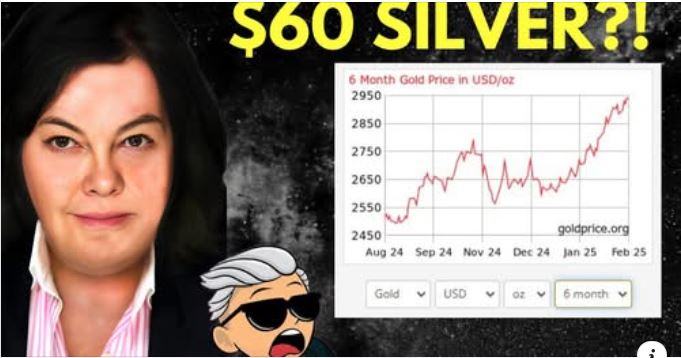Money Explodes; Gold Glitters; the Recovery Slows
The comments below are an edited and abridged synopsis of an article by Robert Barone
Gold has always been correlated (80%) with the Fed’s balance sheet (the money supply), especially during periods of significant money printing. The US has increased its money supply at a faster pace than any other country. The EU, the only western economy approaching the US in size, is growing its money supply at less than 40% of the Fed’s pace.

The value of many countries’ currencies has risen since the Covid-19 outbreak, even as the US money supply has exploded. There will be another multi-trillion stimulus package; the CARES Act stimulus was about $2 trillion, and the upcoming one will be a similar amount. At $4 trillion, that’s bigger than the GDPs of most of the western world’s economies. The EU in July stated that it had reached agreement on an $860 billion stimulus package. So, $4 trillion vs. $860 billion. Is it any wonder the dollar’s exchange rate is in free fall?
The Fed is out to protect asset values, and has expanded its balance sheet by over $3 trillion since February. When Congress appropriates free money, the government must issue new debt. When that new debt comes to market, supply and demand requires that the price (rate of interest) has to rise to clear the market. But the Fed says that rates won’t rise for years, until inflation rises to 2%. To peg interest rates at current levels means that the Fed must buy the new debt, monetizing the federal government’s stimulus. That means that the US money supply will continue its rapid escalation, and the dollar’s value will continue to fall.
Up for discussion: the price of gold; what’s trending; employment; and bankruptcies.
Gold has risen because of the rapid rise in the money supply, because of all of the uncertainty, and because a continuation of helicopter money and giant deficits is likely; high-frequency data show that recovery has slowed; after slowing in June, the unemployment data trends in July improved (August data will likely worsen); bankruptcies of publicly traded companies continue their uptrend, showing a pace double that of 2019, and the banks have tightened credit in preparation for what appears to be the coming onslaught of debt defaults.

